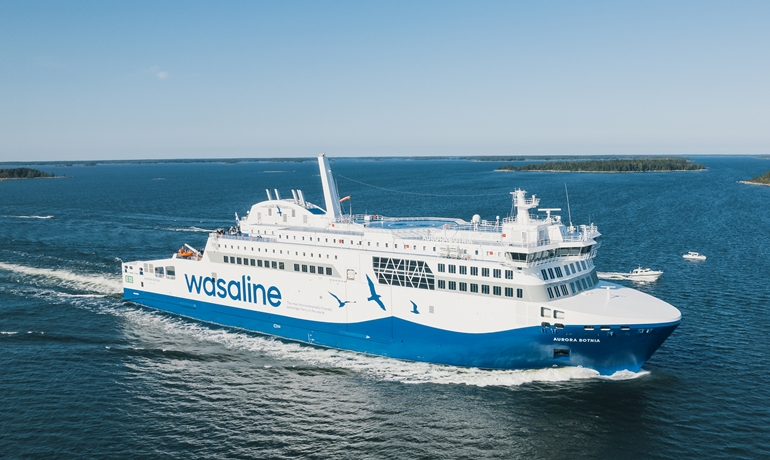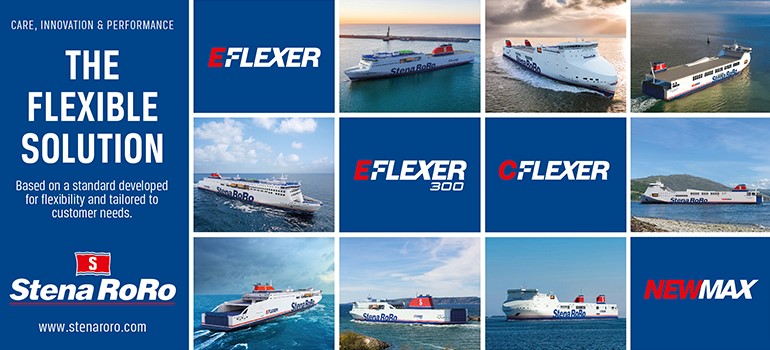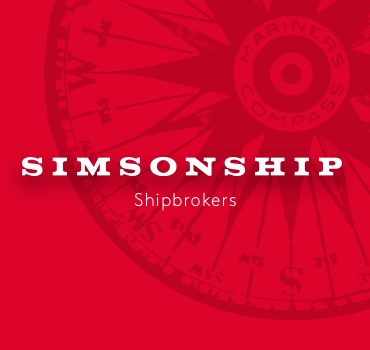
AURORA BOTNIA © Wasaline
Methane slip from state-of-the-art LNG-powered vessels – the AURORA BOTNIA case
Researchers from VTT recently studied methane slip* of two Wärtsilä 31DF engines onboard Wasaline’s AURORA BOTNIA - one in standard configuration and the other piloting a new combustion concept by Wärtsilä. The study showed that overall methane emissions were lower than previous onboard studies have reported. Results also indicate that the upgraded engine technology has great potential to reduce overall emissions (including both CO2 and methane).
In May 2023, the GREEN RAY project published the scientific article Methane emissions from a state-of-the-art LNG powered vessel in Atmosphere journal, detailing a novel emissions study carried out onboard a vessel by the project's partners.
The authors, Kati Lehtoranta, Niina Kuittinen, Hannu Vesala and Päivi Koponen from the VTT Technical Research Centre of Finland, studied emissions from the exhaust of two Wärtsilä 31DF engines onboard the Wasaline ferry AURORA BOTNIA. Both engines were studied under five engine load conditions while the vessel operated on its normal route between Vaasa, Finland and Umeå, Sweden. One of the engines was piloting the new combustion concept and running on LNG, while the other was a standard setup built in 2021. This experiment was possible thanks to a strong partnership between Wärtsilä and Wasaline, cooperating to reduce emissions from ship engines.
Decarbonising maritime transport is one of the shipping industry's biggest challenges, and LNG is considered the best available alternative fuel in the transition to the widespread use of renewable and low-carbon fuels.
With its composition of mostly methane meaning that it has a higher hydrogen-to-carbon ratio compared to traditional fuels like diesel, LNG emits significantly less CO2 when combusted in a low-pressure dual-fuel engine. It also produces negligible amounts of particle emissions, NOx and sulphur – small enough to achieve the Tier III NOx and sulphur limits set by the International Maritime Organization, which has set stringent rules and designated emission control areas onboard vessels to encourage the continued swift uptake of alternative fuels and technologies to lower GHG outputs. In addition, bio-based and synthetic LNG, while not expected to begin provisional rollout until the end of 2023, will present a further step towards meeting clean fuel targets.
Now, with March 2023 marking the agreement of the FuelEU Maritime regulations as part of the EU's Fit for 55 package, decarbonisation goals are even more ambitious. Vessels above 5,000 gt operating in European ports will be obliged to reduce their GHG emissions by as much as 80% by 2050 – a significant step up from the IMO's 50% 2050 goal.
Currently, there is limited open-access information quantifying methane slip levels from the LNG engines in use onboard existing vessels. In general, there have been only a few emissions studies conducted onboard four or five different vessels operating with dual-fuel engines, indicating a need for deeper research in the area.
Results of the measurements taken onboard AURORA BOTNIA showed that, overall, methane emissions were lower than what has been reported by previous onboard studies with similar-sized low-pressure dual-fuel engines (the most popular type of LNG engine). Although the CO2 was found to slightly increase with the new combustion concept, the CO2 equivalent (including both methane and CO2) was smaller than from the standard dual-fuel engine, indicating that the recent development in engine technology has the potential to greatly benefit the environment by reducing overall emissions. Lower nitrogen oxide (NOx) and formaldehyde levels were also recorded from the new combustion concept engine, while an increase in particle emissions compared to the standard dual-fuel engine setup was observed. This presents a topic for further consideration in the development and deployment of methane slip abatement technologies.
Read the full study here https://www.mdpi.com/2073-4433/14/5/825
*Methane slip refers to the small amount of fuel that escapes unburned.
maj 12 2023
Most read
Scottish government to nationalise Ardrossan Harbour and carry out major upgrading programme to be able to dock new CalMac ferries
jan 09 2026
Indonesian ferry wrecked in the Sunda Strait
jan 08 2026

















